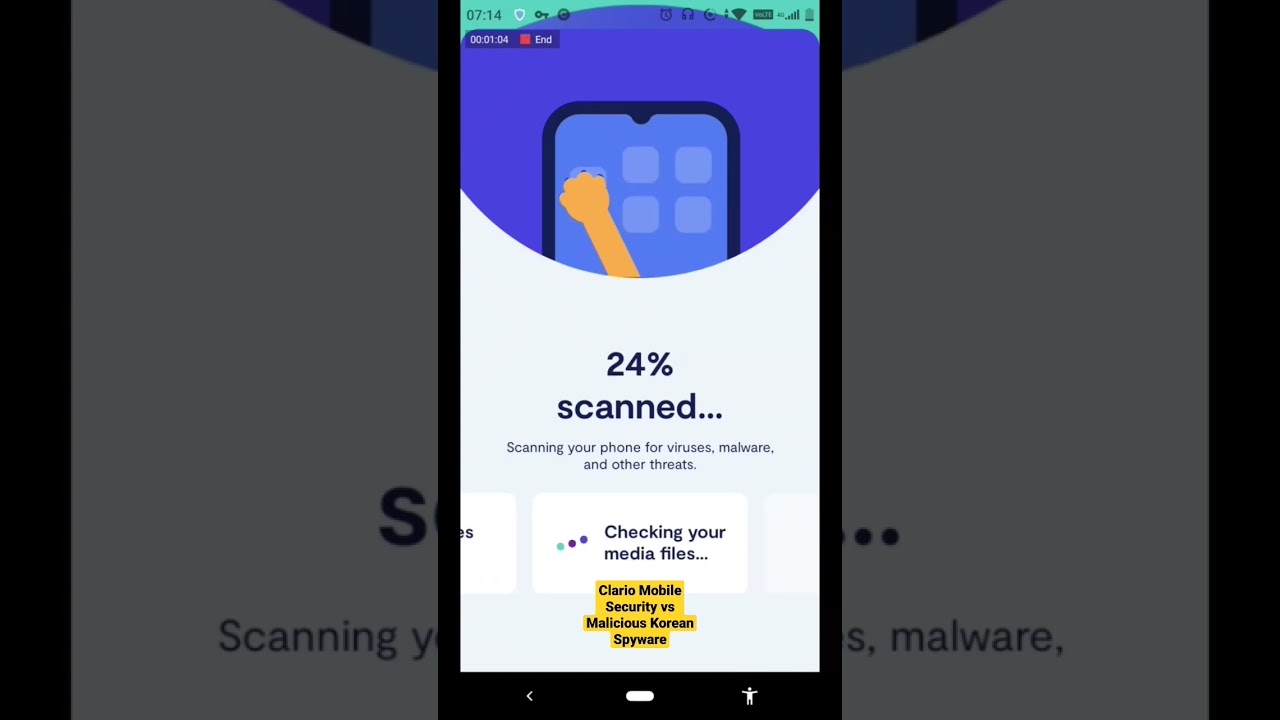Four simple ways to improve your online security and protect your data from hackers
When it comes to New Year’s resolutions, cybersecurity isn’t the first topic that springs to mind.
But given the time we spend online, and the amount of sensitive information at stake, perhaps it should.
So here are four easy things you can do to protect your data and devices from hacking.
1. Choose strong passwords
Yes, this is the most boring advice in this article but it’s definitely still relevant. According to a 2019 online security survey by Google and Harris Poll, 13 per cent of people use the same password for all their accounts.
Doing this makes you vulnerable if your credentials are leaked in the event of a data breach – and we’ve seen a lot of them during the last couple of years. To know if you have been affected by one of these breaches, you can check on the website: haveibeenpwned.com by entering your email or phone number.
The site will run a search through the published breaches. If your mail appears in the list, it’s recommended that you change your password immediately. And please, do choose a strong one.
For example, the National Cyber Security Centre (NCSC) recommends combining three random words. This a precaution to take especially for your mailbox, which stores all kinds of sensitive information.
Despite some controversies, the easiest way to keep track of your different logins is to use a password manager. Even if no solution is 100 per cent safe, a password manager allows you to have different strong passwords and keep them all encrypted.
Should you change your passwords regularly? That’s a thorny question.
The French cybersecurity agency recently changed its guidelines to say that frequent mandatory changes actually result in a lower level of password security. As a result, it doesn’t advise that companies require changing passwords regularly anymore for basic users (as opposed to IT administrators).
2. Secure your transactions with two-factor authentication
Two-factor authentication, as its name suggests, combines the use of a password with another method that can be a text message, an app or a biometric identification.
The NCSC recommends using it for “high-impact” activities such as transferring money or adding credit card details.
Yes,…


